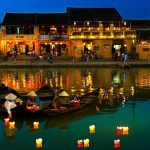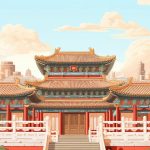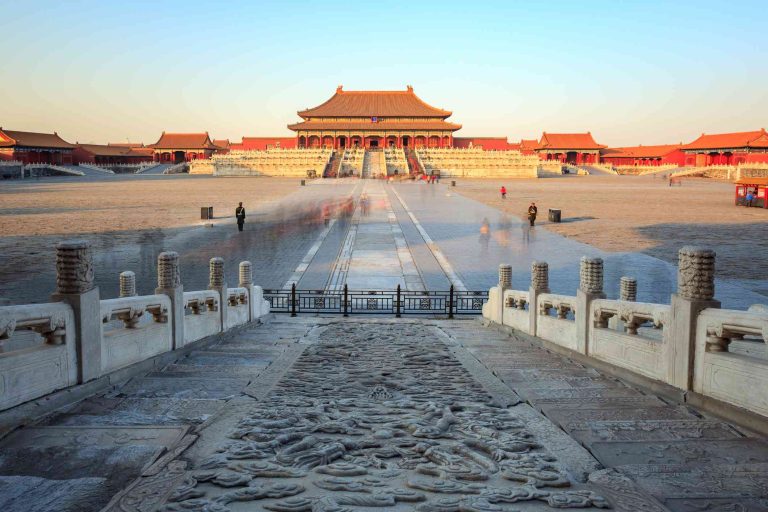Forbidden City, a must-see destination when traveling to China.
When it comes to attractive tourist attractions in China, we cannot ignore the Forbidden City – a heritage representing a golden feudal period. Focus Asia Travel knows that this is also a place to preserve valuable artifacts and works of art.
A brief introduction to the Forbidden City.
Address: No. 4 Jingshan Road, Dongcheng District, Beijing
Opening hours: 8:30am – 4:30pm (except Monday)
The Forbidden City or Imperial Palace, is a system of palaces located in Dong Thanh (Beijing), built from 1406 – 1420. The Forbidden City has a history of up to 500 years, spanning the Ming and Qing dynasties.
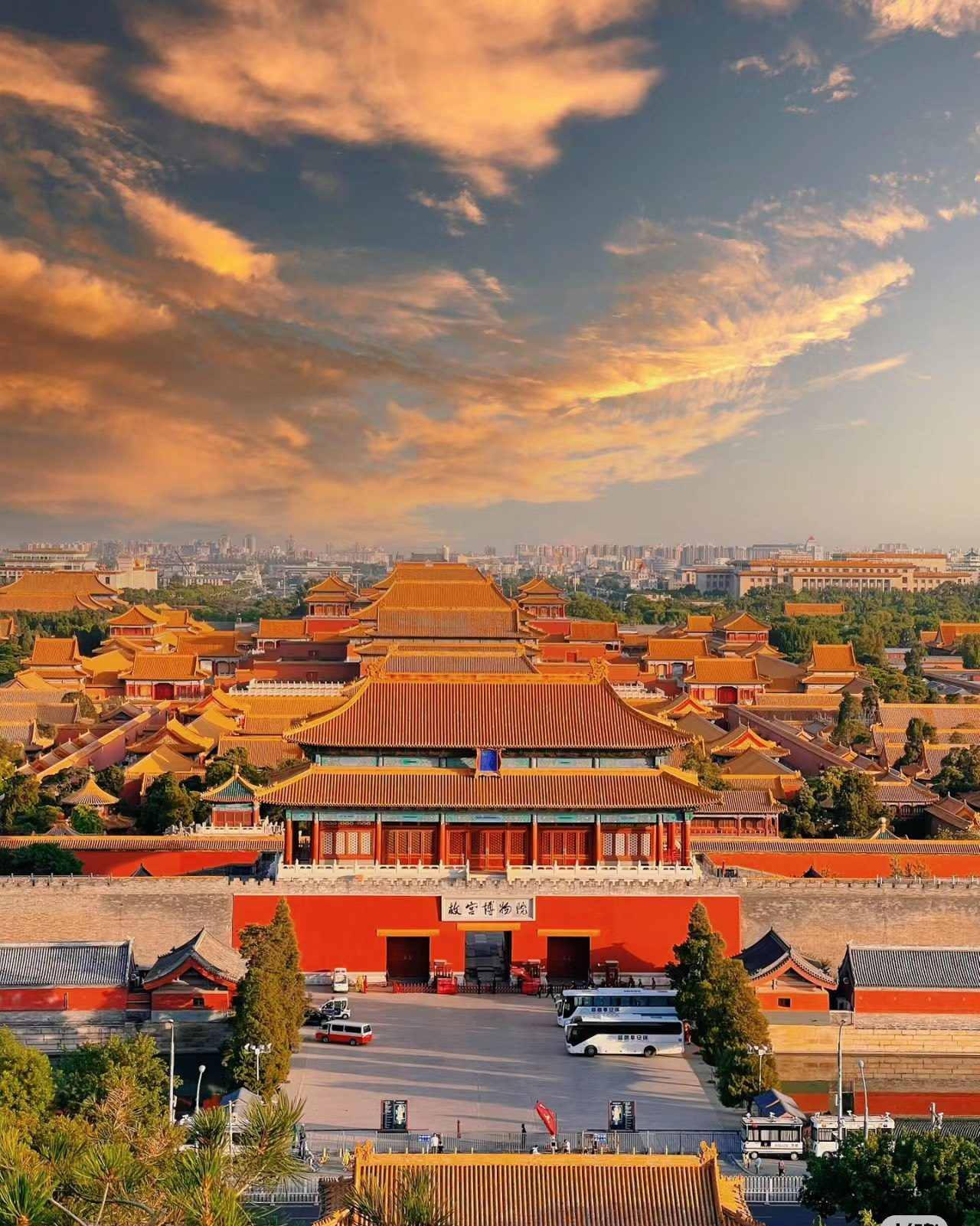
The Forbidden City has unique architecture and many precious artifacts.
Not only was it the residence of the feudal royal family, it also houses historical stories and thousands of valuable works of art and artifacts. In 1987, the Forbidden City was recognized by UNESCO as a World Heritage Site, and is also the largest collection of ancient wooden structures in the world.
The ideal time to visit the Forbidden City.
According to the experience of travel enthusiasts, the ideal time to visit the Forbidden City is from late March to early June and late August to late November.
Besides, visitors can also come here on the occasion of Lunar New Year, Mid-Autumn Festival and Chinese National Day.
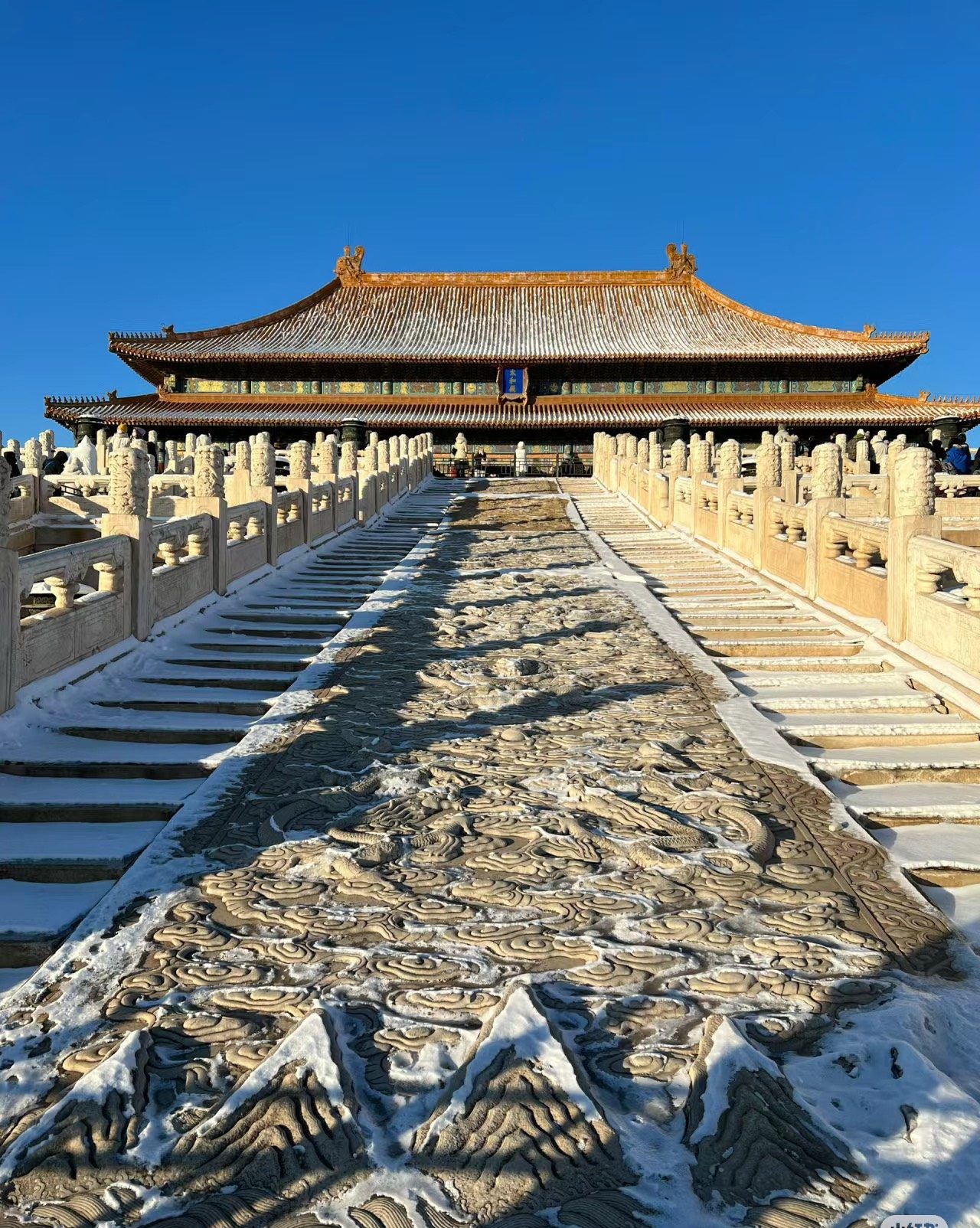
The Forbidden City or the Imperial Palace in Beijing
Normally, it takes about half a day or even a day to explore every corner of the Forbidden City. Therefore, most tourists will choose tours that last 2-3 hours. If you are afraid of crowds, you should avoid going on holidays and weekends.
Means and ways to get to the Forbidden City.
The Forbidden City is located right in the heart of Beijing, next to Tiananmen Square. There are 3 ways to enter the Forbidden City:
Method 1: Go straight from Tiananmen
Method 2: Go left, Zhongshan Park entrance
Method 3: Go right, Donghuamen Road entrance
To get to the Forbidden City, visitors can choose public transportation, walk or bike. There are subway stations at Tiananmen East and West stations near Ngo Mon. In addition, there is a bus line that runs around the city, taking visitors from one end to the other quickly.
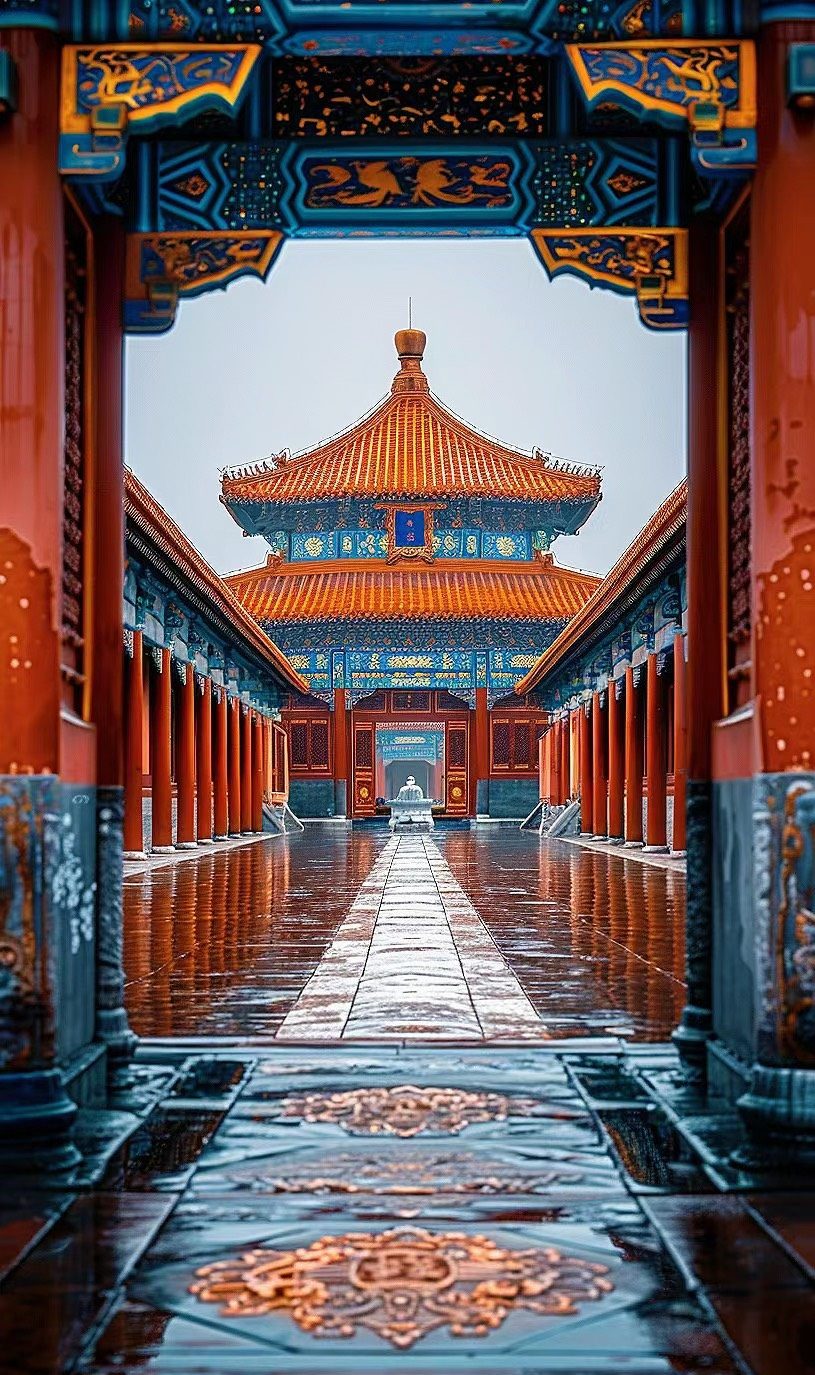
Visitors to the Forbidden City should stay in central Beijing hotels.
A detailed map of the Forbidden City helps you have a clear picture of the destination.
The Forbidden City is a very large campus. It will be difficult for you to visit without a tour guide or a map of the Forbidden City in hand. Here is a detailed map of the Forbidden City.
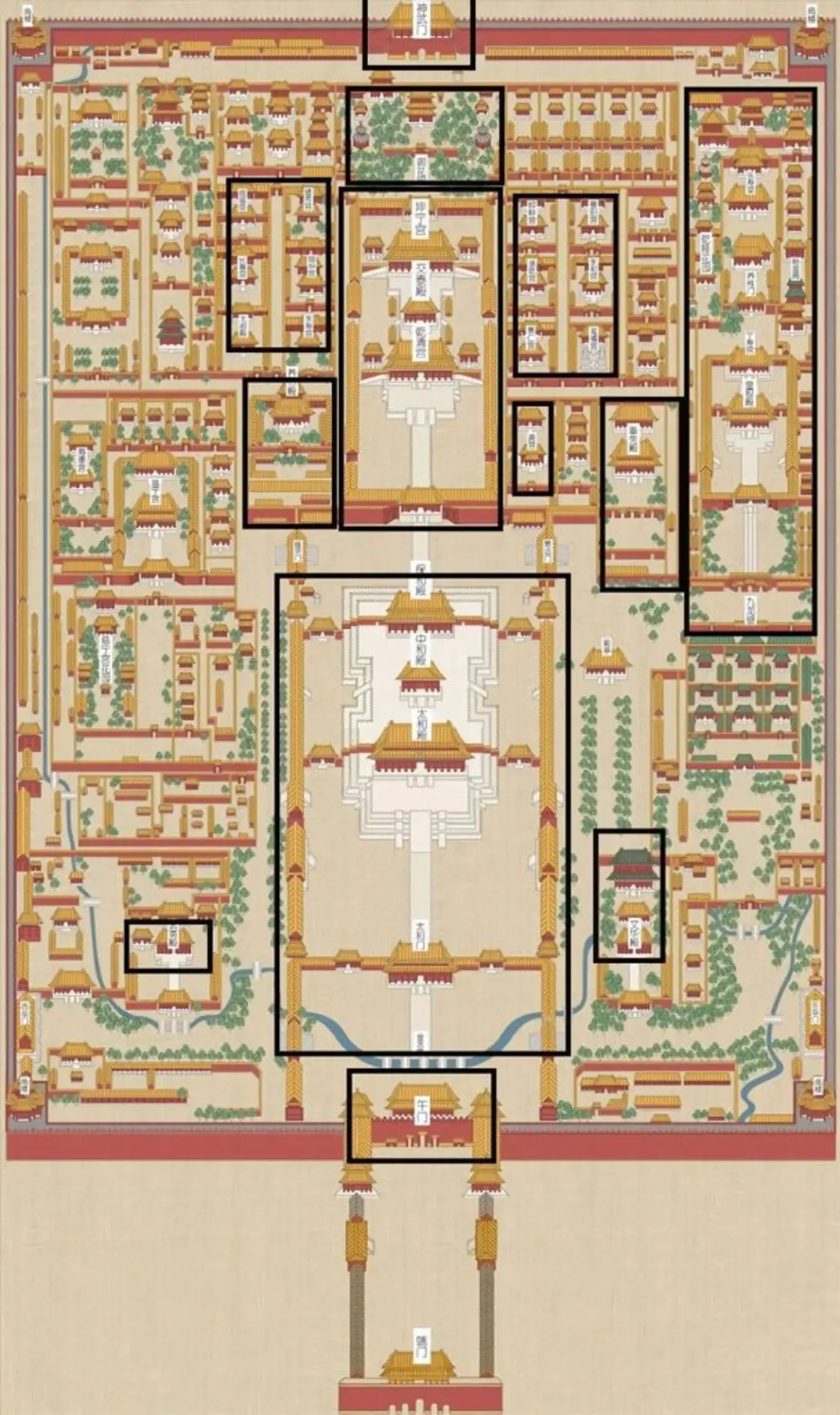
Forbidden City Map.
Distinctive marks in the architecture of the Forbidden City.
North-South symmetrical architecture.
All the gates and halls of the Forbidden City are arranged symmetrically on a central axis running from North to South. The meaning of this architectural style represents the supreme power of the Emperor.
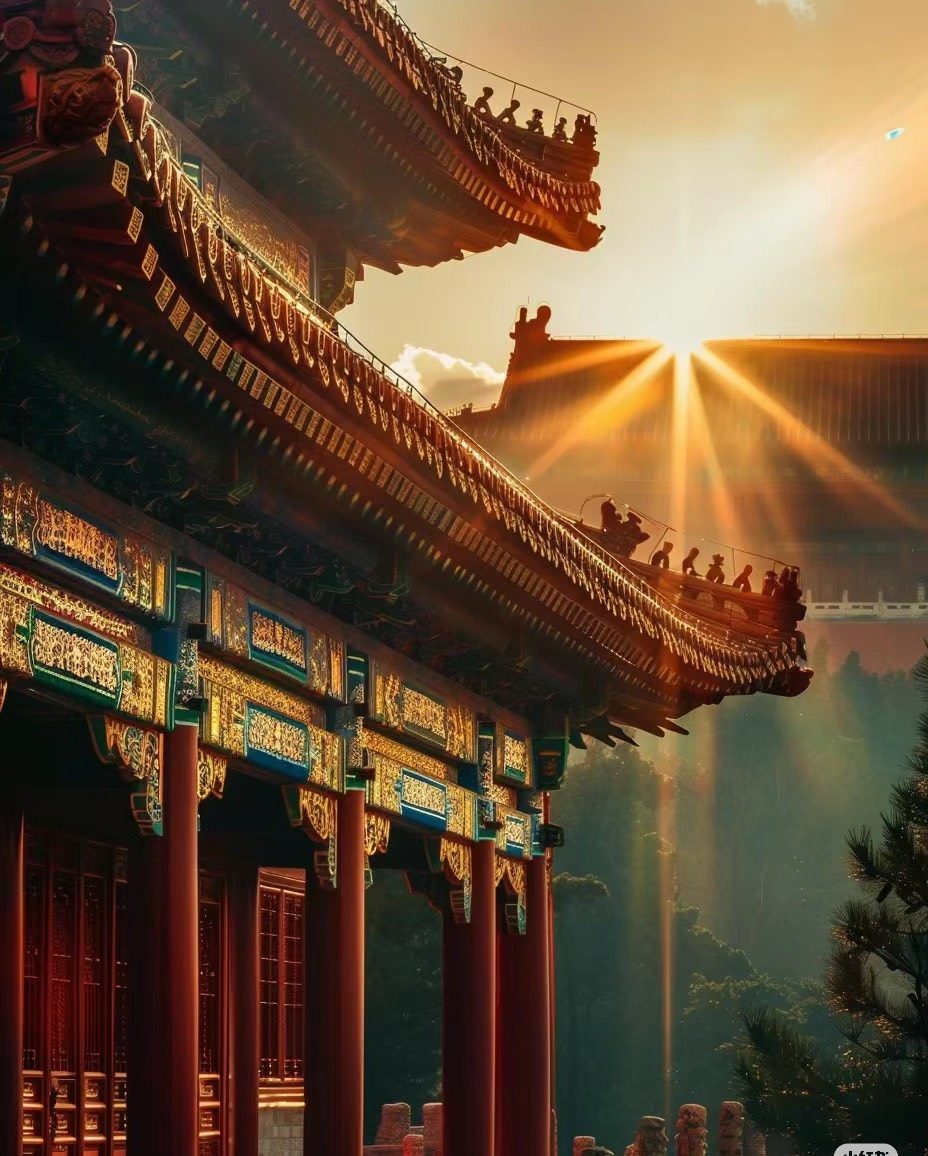
Architecture of the Forbidden City
The highest quality wood material available today.
The pillars and beams are made from the rarest Chinese wood, the Virgin Wood. The joints here are also quite well connected, interwoven together to form a lock without the need for any nails.
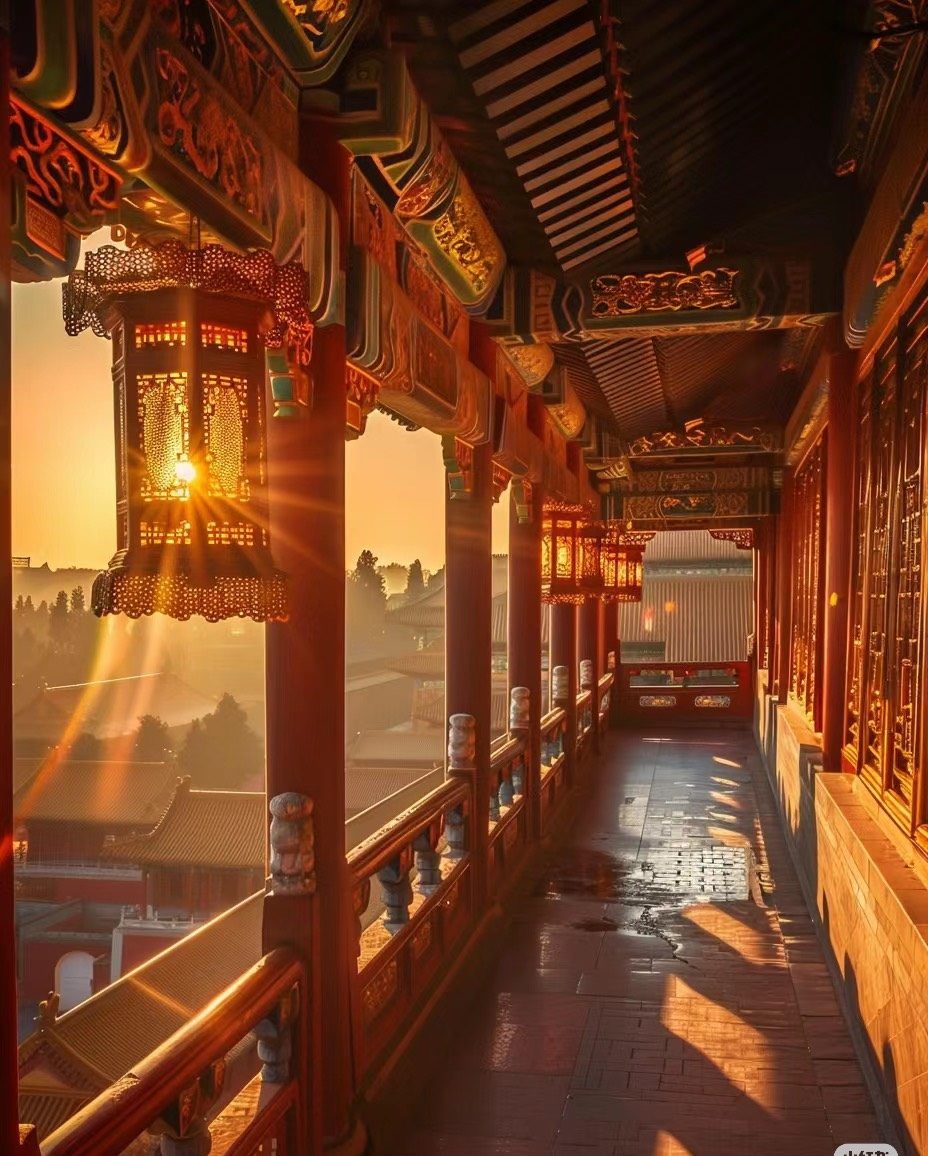
What makes the Forbidden City special is the high-quality wood material.
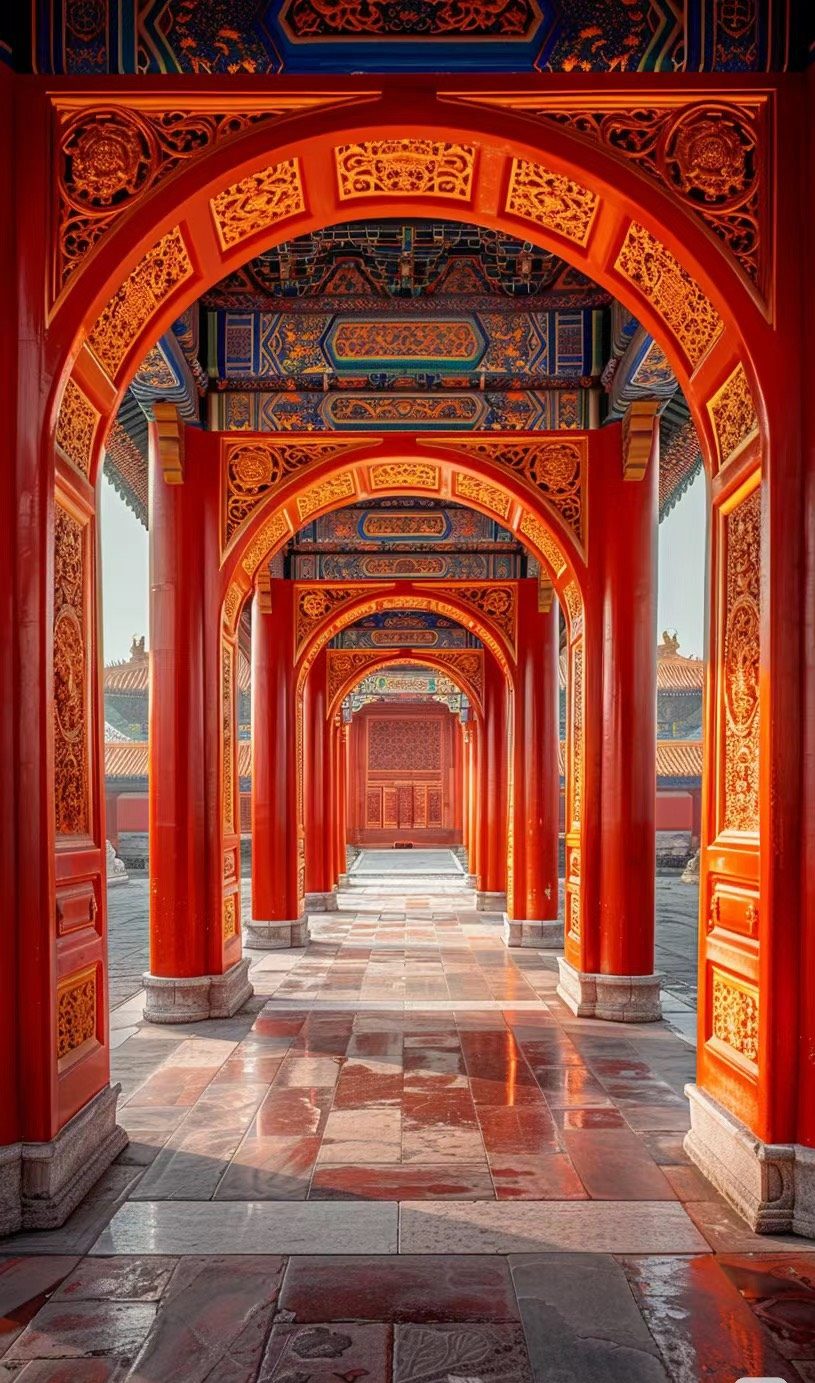
What makes the Forbidden City special is the high-quality wood material.
Royal colors.
During the Ming and Qing dynasties, yellow was the color of supreme power in China and was only used by the royal family. In addition, red was the color of luck and happiness. The combination of these two colors created the main color of the Forbidden City. Every object and detail in the Forbidden City was painted red with yellow roof tiles, creating a harmonious and lively picture.
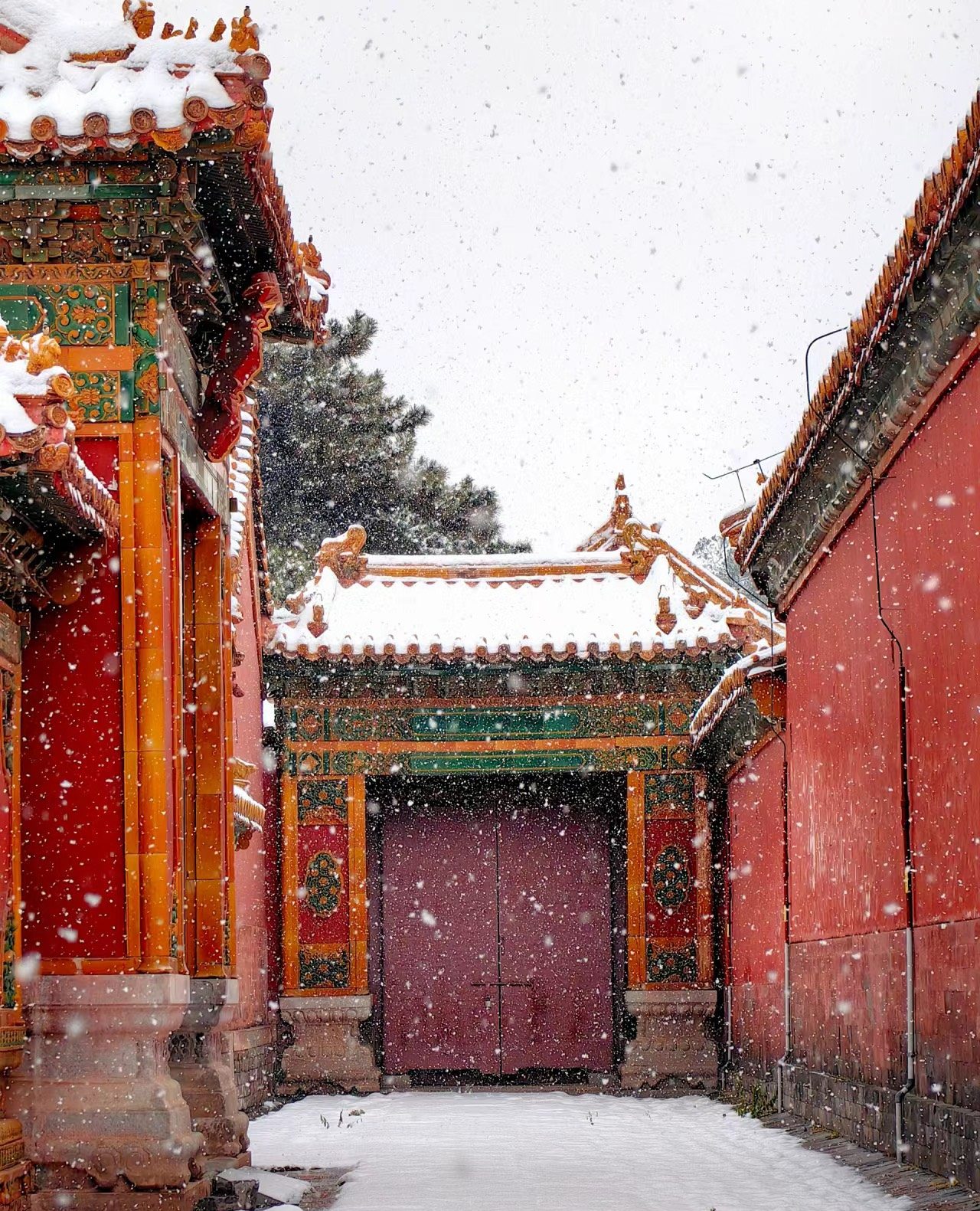
Royal colors.
The roof is decorated with exquisite details.
The roofs of the buildings in the Forbidden City are elaborately decorated. The mascots on the roofs were carefully selected to match the royal elements, the most typical being the dragon, phoenix and lion. These animals all symbolize the power of Chinese culture.
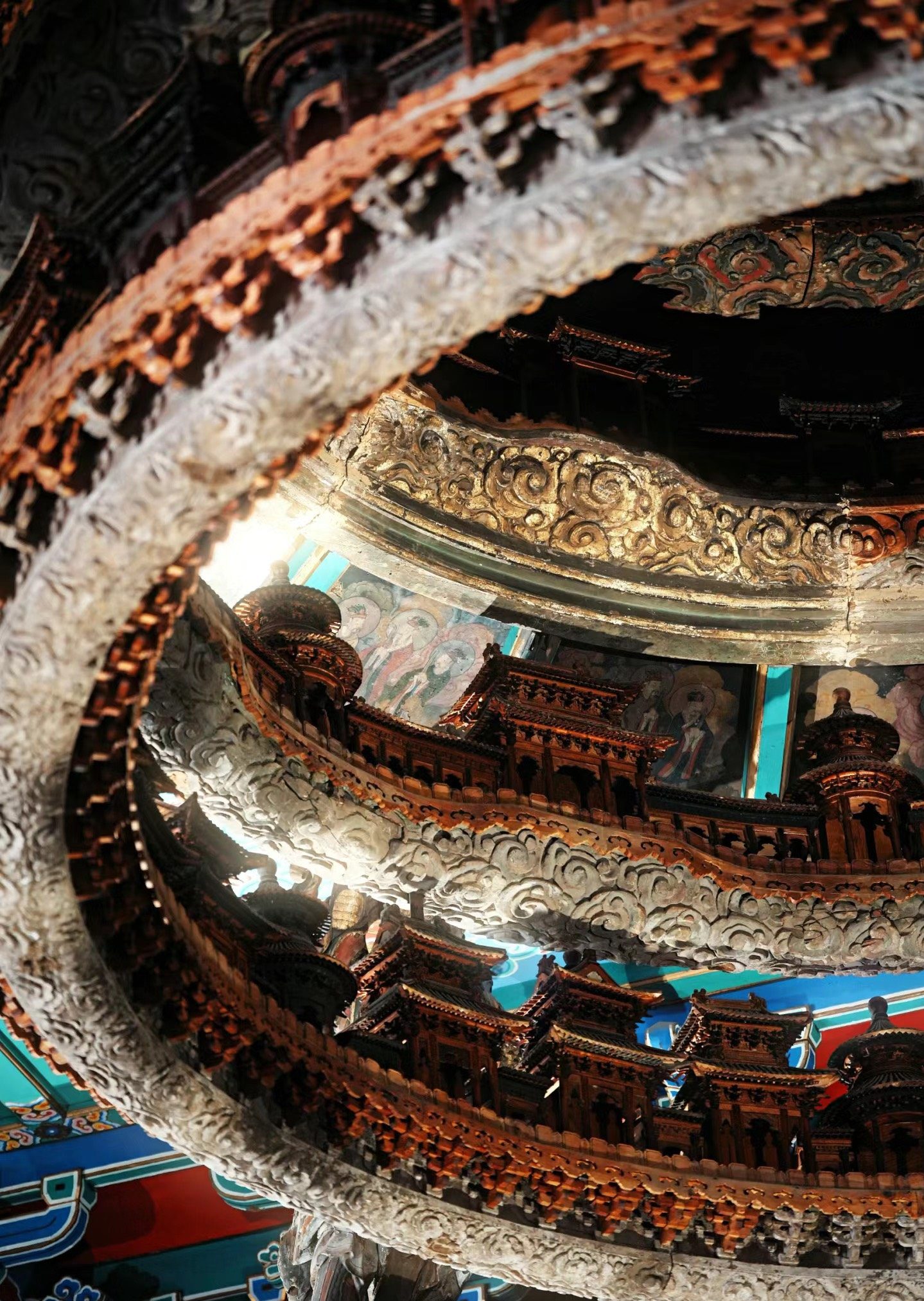
The roofs of the buildings in the Forbidden City are elaborately decorated.
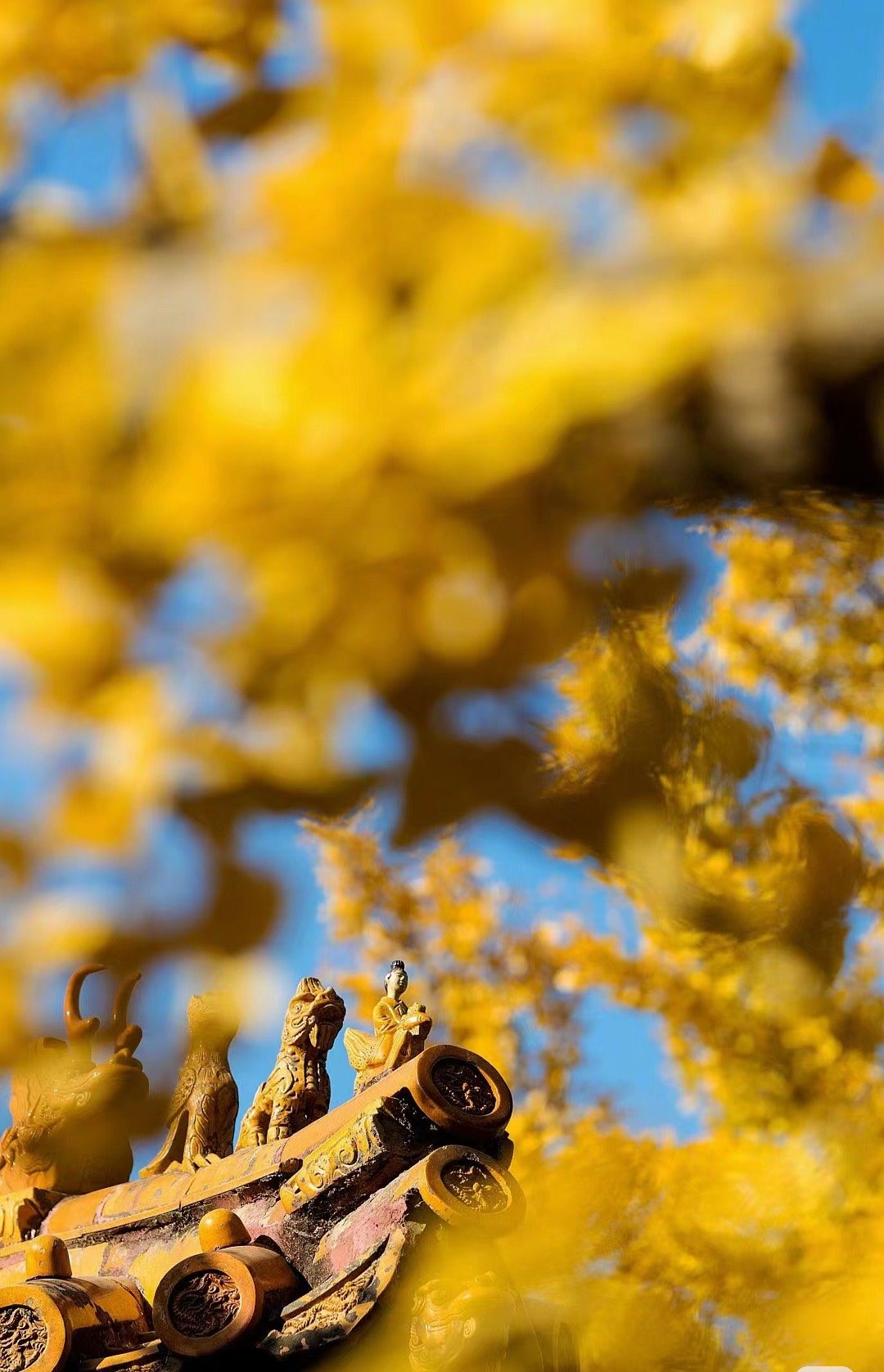
The roofs of the buildings in the Forbidden City are elaborately decorated.
Bronze and stone lion statue symbolizing strength.
In the area of the Forbidden City, there are many stone or bronze lion statues. In Chinese culture, the lion is a symbol of bravery and strength. This animal is also the king of beasts. Lion statues are often placed in the palace gates as a symbol of the royal guardian. The arrangement of lion statues in the Forbidden City also has its own meaning. The male lion statue will be on the right and the female lion statue will be on the left.
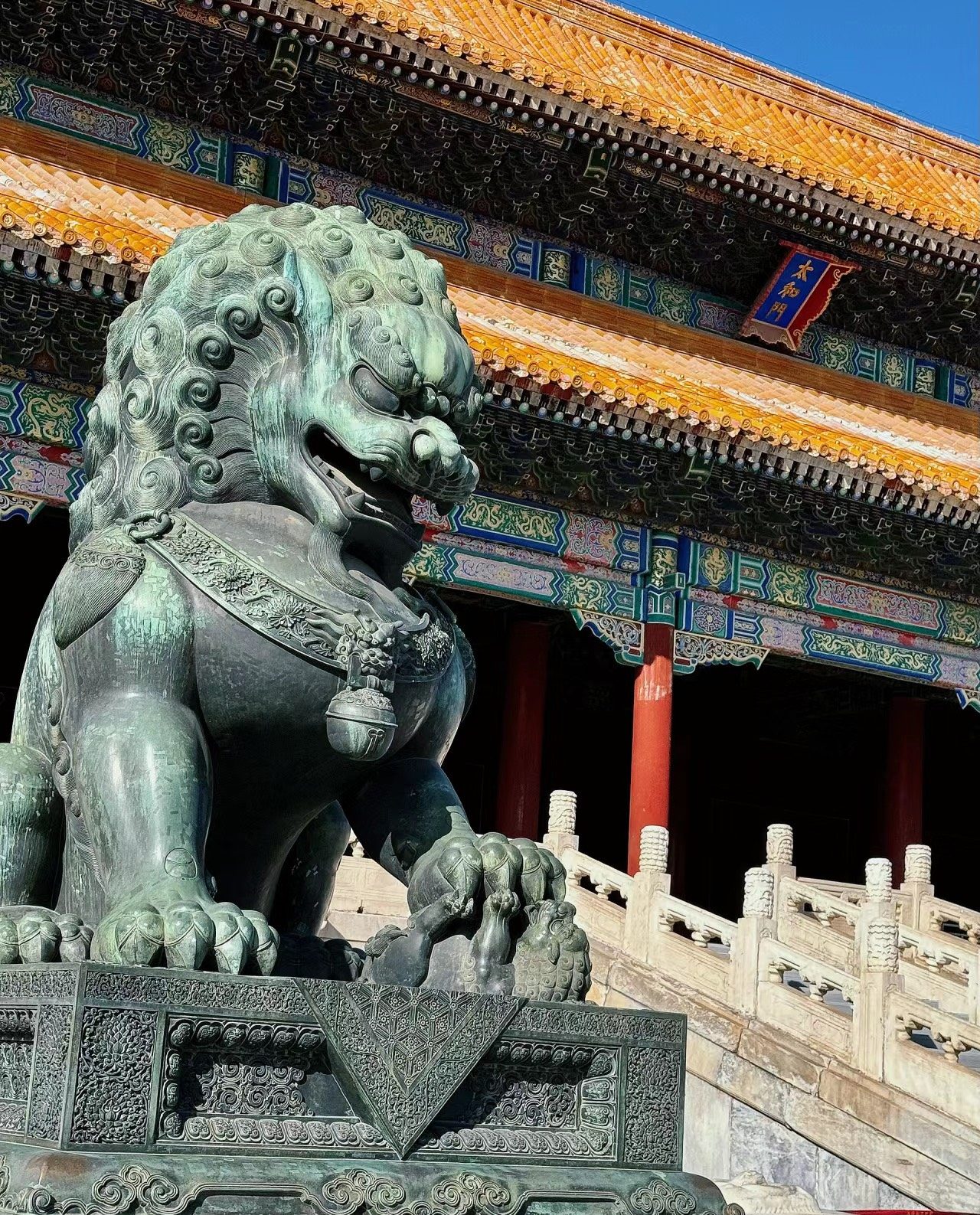
Bronze and stone lion statue symbolizing strength.
Highlights of the Forbidden City.
Majestic Thai Hoa Palace.
The Taihe Palace is one of the most beautiful palaces in the Forbidden City, representing the power of the Chinese emperor. During the Ming Dynasty, the Taihe Palace was used as a place to hold court and discuss political affairs. During the Qing Dynasty, it was used to hold important court ceremonies. The space inside the palace is extremely splendid, decorated with dragon motifs, symbolizing majesty and integrity.
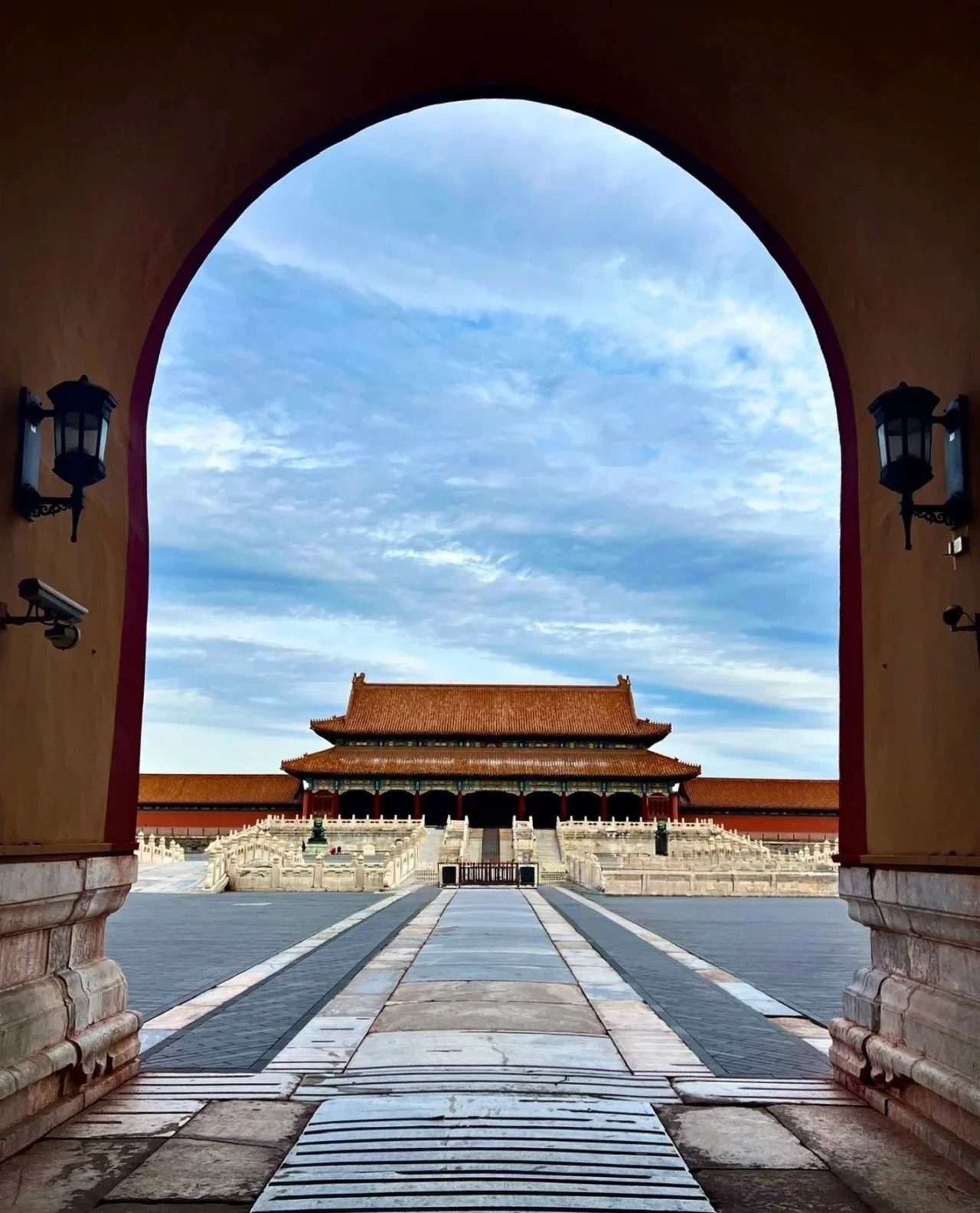
Majestic Thai Hoa Palace.
Can Thanh Palace.
Qianqing Palace was first built during the Ming Dynasty (1420), and is one of three palaces located behind the inner palace. The palace has been rebuilt many times, and the current building was built during the Jiaqing period of the Qing Dynasty (1798). The scale of the palace is among the largest in the inner palace, with an area of up to 1,400 square meters. The highlight of the palace is the two-roofed hall, with a roof covered with yellow-glazed tiles and a white marble floor.
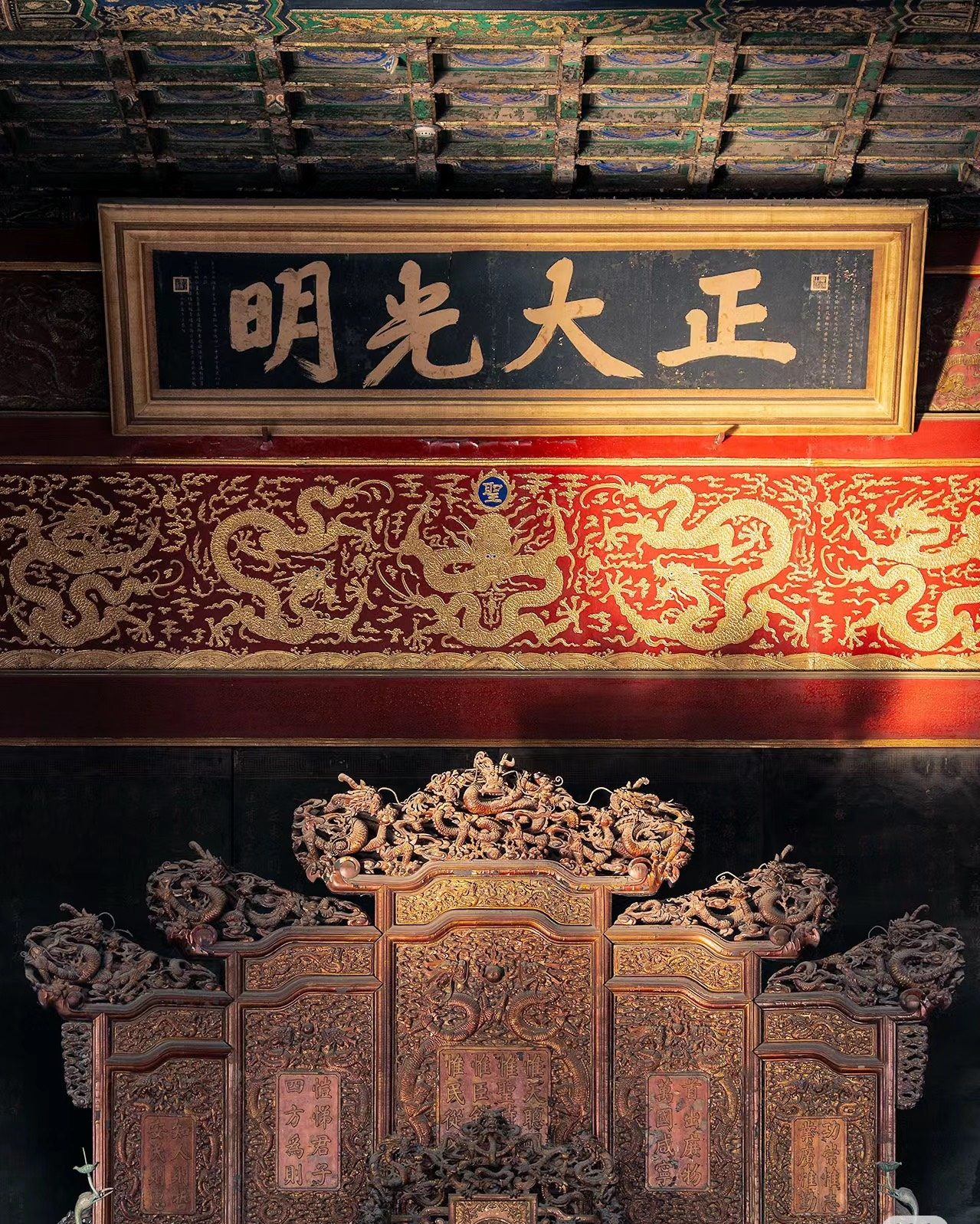
Can Thanh Palace.
Palace of Kun Ning.
Kun Ning Palace is also one of the notable attractions in the Forbidden City. This is where receptions for distinguished guests, court festivals and royal banquets took place. The palace covers a large area, 35 meters long, 20 meters wide, with a roof covered with precious woods. In addition, Kun Ning Palace also impresses visitors with unique traditional sculptures.

Palace of Kun Ning.
Duong Tam Dien, the study room of the ancient Emperor.
The Hall of the Heart was built during the Qing Dynasty and was used as the study room of the reigning emperor. From the time of Emperor Yongzheng onwards, the Hall of the Heart was used as both a study room, a meeting room for daily government meetings, and a resting place for the emperor. It can be said that this is the palace with the most functions in the Forbidden City.
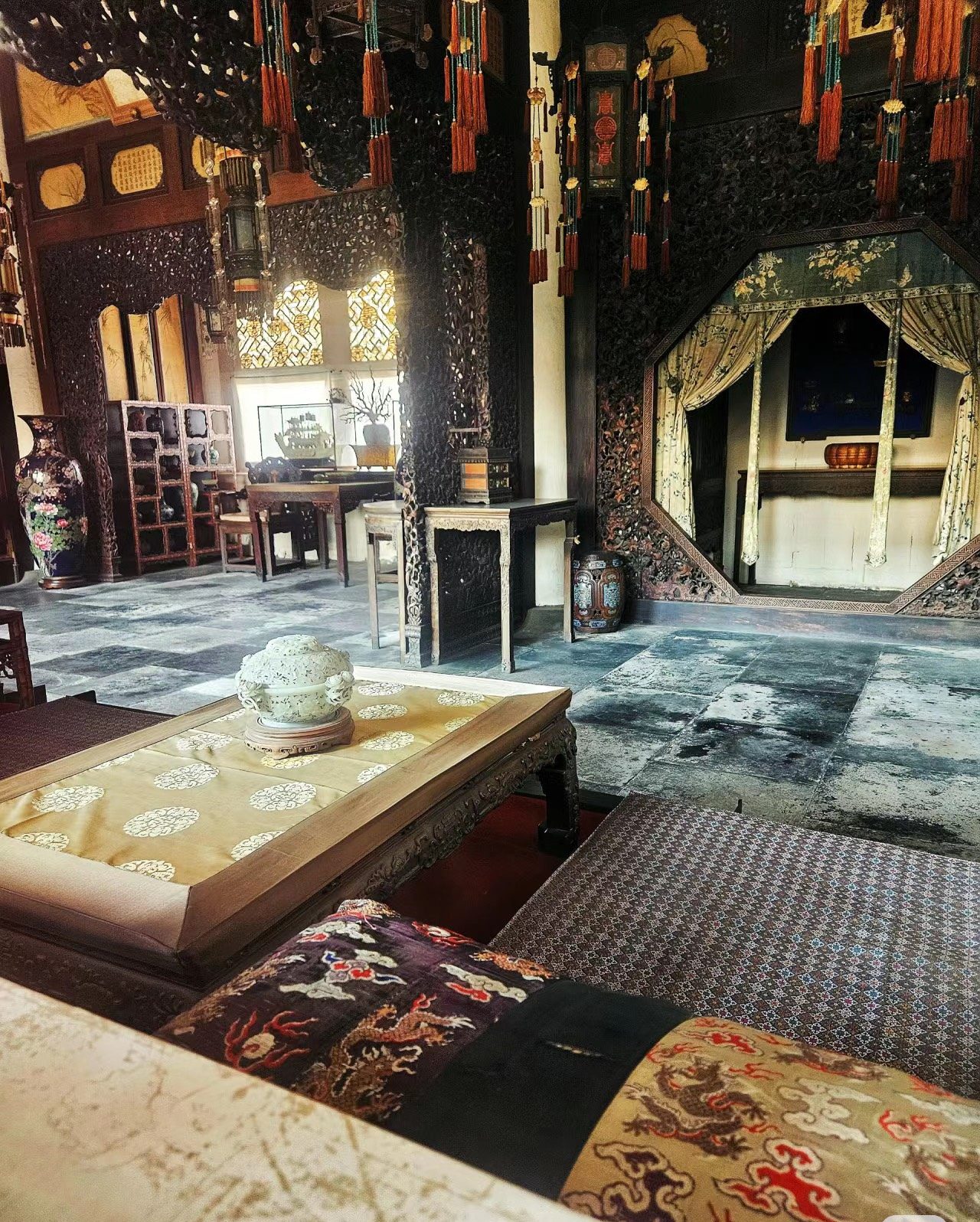
The study room of the ancient Emperor.
Royal Garden.
The Imperial Flower Garden is located right on the central axis of the Forbidden City, behind the Kunning Palace. The garden was first built during the Ming Dynasty (1420) and has undergone many renovations. It is often described as a beautiful landscape with rows of green trees, interspersed with lakes and stone-paved paths. According to legend, this was a favorite place of the emperor and his concubines.
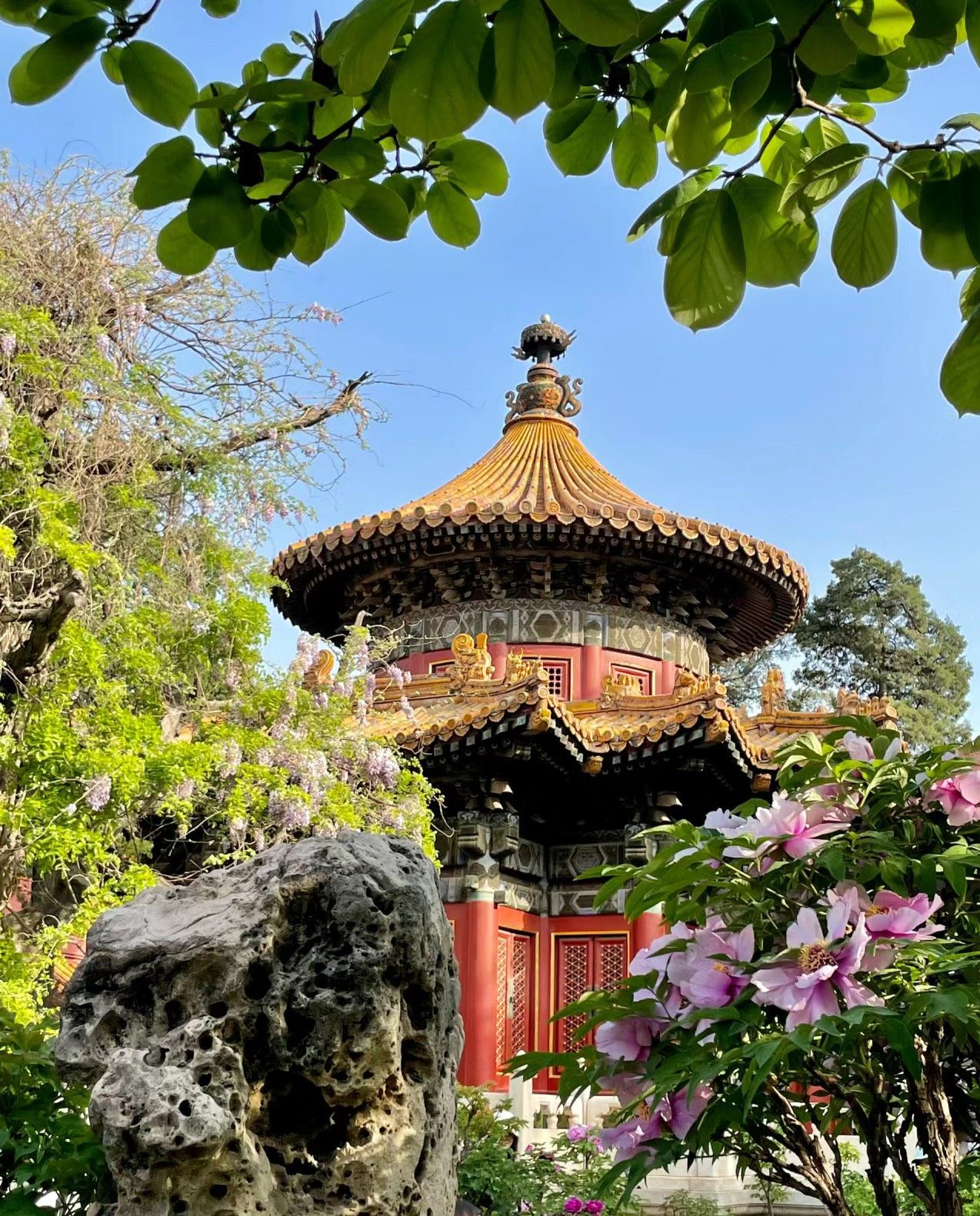
A favorite place of the emperor and his concubines.
The Forbidden City is a tourist destination with unique architecture that you should visit on your upcoming trip to Beijing.











